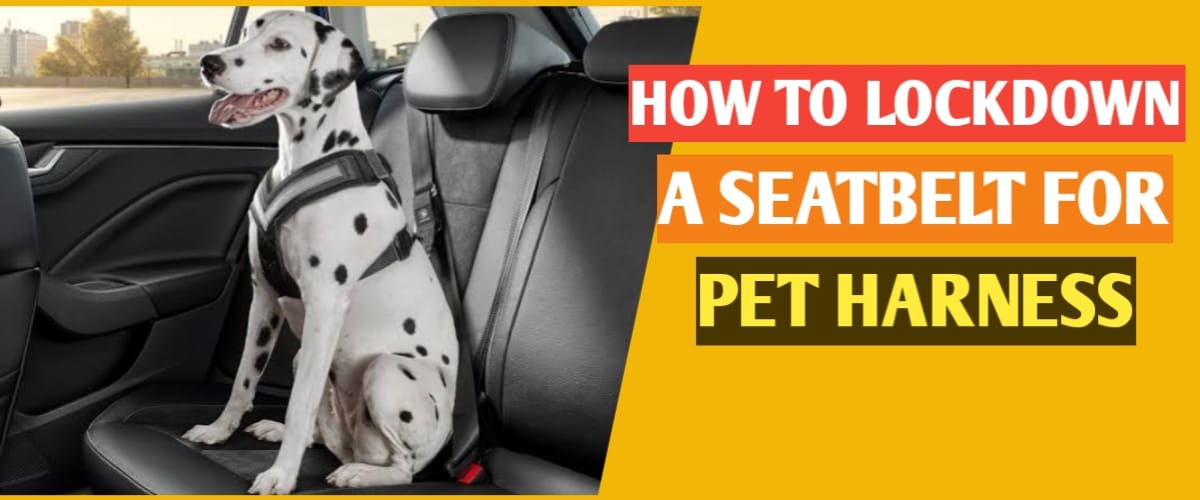When it comes to traveling with your beloved pet, their safety should always be a top priority. Whether you’re embarking on a road trip or just running errands, properly securing your furry friend with a seat belt and harness is crucial. In this blog post, we will guide you through the steps to lock down a seat belt for your pet’s harness, ensuring a safe and comfortable journey for both of you.
Table of Contents
ToggleStep 1: Get a pet-specific harness:
To begin, make sure you have a harness specifically designed for pets. These harnesses are specially constructed to distribute the force of sudden stops or collisions across your pet’s body, minimizing the risk of injury. Look for a harness that includes a seat belt attachment or loop for an easy and secure connection.
Step 2: Choose a safe seating position:
Decide where your pet will be seated in the car. While it may be tempting to have them ride shotgun, it’s actually safer for both of you if your pet sits in the back seat. This reduces the risk of injury in case of an accident and prevents distractions while driving.
Step 3: Buckle up the seat belt:
Buckle the seat belt in the designated seat belt receiver of your car seat. Ensure that the seat belt is fully inserted and properly fastened.
Step 4: Attach the harness:
Put the harness on your furry friend, making sure it fits comfortably and securely. Locate the seat belt attachment or loop on the back of the harness. This attachment point is typically a sturdy metal ring or loop designed to connect to the seat belt.
Step 5: Connect the harness to the seat belt:
Pass the seat belt through the seat belt attachment or loop on the back of the harness. Then, insert the seat belt into the seat belt receiver, just as you would when securing yourself in the car. Make sure the seat belt is tightly fastened and there is no slack in the system.
Step 6: Adjust the length:
Adjust the length of the seat belt to allow your pet enough freedom to sit or lie down comfortably. However, be cautious not to provide too much slack, as it may compromise their safety. The aim is to strike a balance between comfort and restraint.
Step 7: Test the setup:
Once everything is securely connected, give the seat belt and harness a gentle tug to ensure they are properly locked and won’t come undone during the ride. Double-check that your pet can move comfortably but is still restrained to prevent them from roaming around the vehicle.
Important Tips:
- Regularly inspect the harness and seat belt attachment for any signs of wear and tear. If you notice any damage, replace them immediately to maintain your pet’s safety.
- Never attach the seat belt to your pet’s collar, as this can lead to choking or severe injuries.
- Remember to avoid letting your pet hang their head out of the car window, as this poses a significant safety risk.
Conclusion: By following these simple steps and using a pet-specific harness with a seat belt attachment, you can ensure your pet’s safety while traveling in the car. Taking these precautions will provide you with peace of mind, knowing that your furry friend is protected in case of an unexpected event. So, before your next adventure, make securing your pet’s harness with a seat belt a top priority, and enjoy the journey together, knowing you’ve taken the necessary steps to keep them safe. Happy travels!




